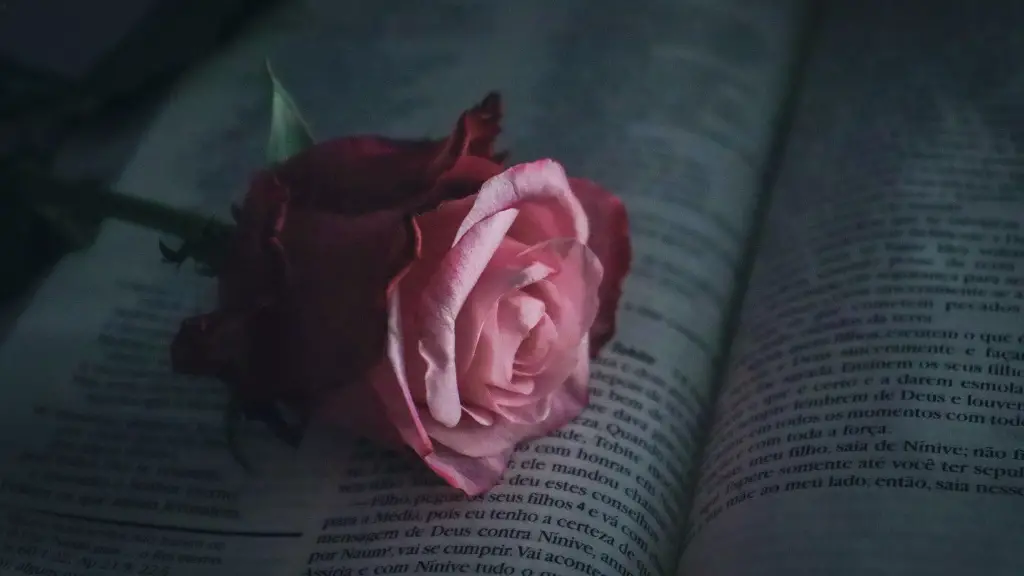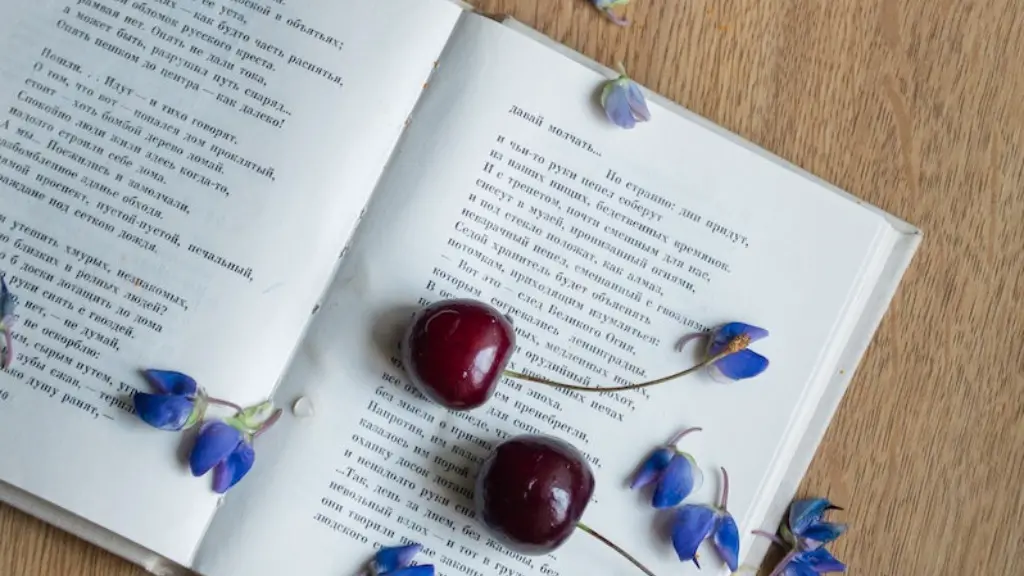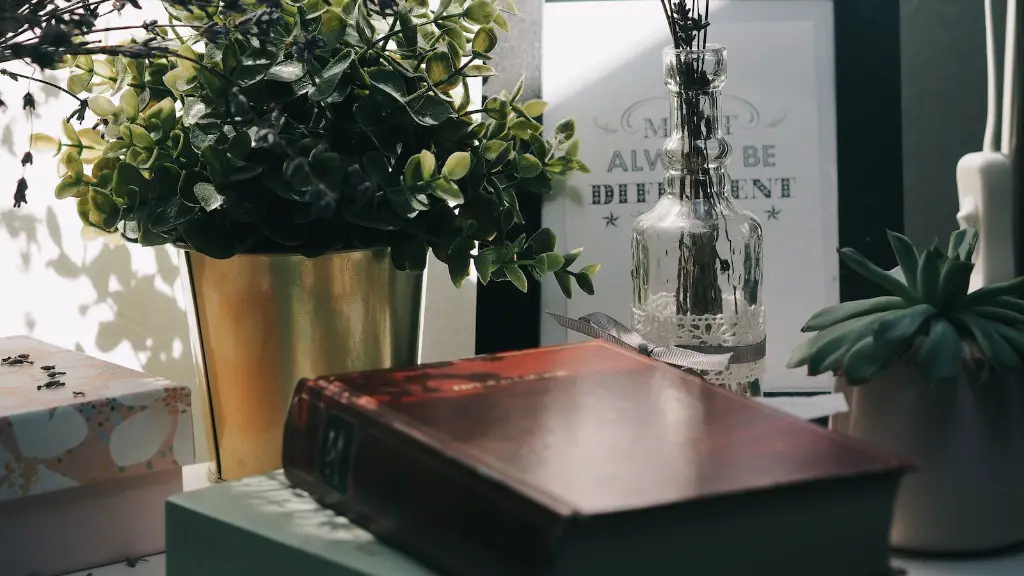Definition
Tone in poetry refers to the attitude expressed by the poet towards the poem’s subject and audience.The tone is established by the poet through the use of words, grammar and sentence structure, as well as materiality.Tone in poetry can be expressed in the poet’s choice of words, diction, phrasing, imagery and metaphor. For example, the tone in a poem could be described as melancholy, or emotional. Alternatively, the tone could be described as scathing, or bitter. Tone conveys a message to the reader, shaping their understanding and expectation of the poem’s subject.
Implied Tone
Tone can also be used to imply underlying feelings or intentions that are not directly acknowledged by the poet.For example, a poet could use a tone of resignation to infer acceptance of a situation or condition, without directly addressing it in the poem.Similarly, a tone of suspense or anxiety could suggest the poet is uncertain of an outcome. Implied tones are subtle and used to create an overall mood or atmosphere in the poem.
Effects of Tone
The tone in a poem has a significant impact on the emotions of the reader. It also affects the reader’s interpretation of the poem’s meaning. For example, a sad poem written using a light and humorous tone can be interpreted in various ways. The tone of the poem lets the reader know whether the poet is serious or joking. It also helps to direct the reader’s attention towards the elements the poet intends to emphasise.
Tone and Symbolism
Tone is used to add a layer of meaning to symbols in the poem. For example, a dark tone used throughout a poem could be used to symbolise fear, depression or grief. Similarly, a cheerful tone can symbolise joy or happiness. Tone can also be used to convey multiple emotions or feelings. For example, a somber tone could symbolise both sorrow and contemplation.
Figurative Language and Tone
The tone in a poem is sometimes conveyed through the use of figurative language. For example, a poet could use metaphors or similes to express their feelings towards the poem’s subject. For example, the poet might use a metaphor such as “The sky is a blanket of despair” to express sadness or hopelessness. The poet could also use irony to create a tone of sarcasm or cynicism.
Exploiting Language
In some poems, the tone is created by exploiting the various nuances of language. For example, the poet may use synonyms or antonyms to create a tone of irony or humour. The poet may also employ unusual phraseology or wordplay to create a tone of experimentation or surprise.
Dynamic Tone
The tone of a poem can also be used to create dynamic and unexpected shifts. For example, a poet could use a cheerful tone to convey a sense of joy and then switch to a dark, somber tone to convey despair. This kind of technique can be used to give a poem a greater depth and complexity.
Rhyme and Tone
Rhyme and metre are often used to establish a certain tone in a poem. Rhyme can convey a sense of humour or lightheartedness, while metre can add a sense of formality or drama. In some cases, the poet could use a combination of both rhyme and metre to achieve a specific tone.
Exploring Home Territory
A poet can create a powerful and meaningful tone by exploring their home territory. This technique involves the poet drawing upon the surroundings, culture, experience and values of the place they come from, and incorporating these elements into the poem. By exploring their home territory, the poet will convey their personal feelings towards the poem and its subject.
Being Ambiguous
A poet can use tone to create ambiguity in their poem. By using a tone that is both melancholic and contemplative, the poet can deliberately leave the poem open to interpretation. This technique encourages the readers to think about their own interpretations and reactions to the poem’s subject.
Literal Tone
The poet may also use a literal tone to directly convey their feelings and opinions towards the poem’s subject. In some ways, this is the simplest and most direct approach to expressing tone in a poem. This technique can be effective if used sparingly, as the poet can draw the reader’s attention to the specific areas they wish to emphasise.
Utilising Metaphors
Another way of expressing tone in a poem is to use metaphors. Metaphors allow the poet to convey their feelings towards a situation indirectly, by providing an analogy or comparison. For example, the poet may use a metaphor such as “The never-ending night” to convey a feeling of hopelessness or despair.
Personification and Tone
Personification is another technique that can be used to create tone in a poem. By assigning human characteristics and emotions to inanimate objects or abstract concepts, the poet can convey their feelings towards the poem’s subject. For example, a poet could use personification to describe a stormy sea as “angry” or “vengeful”.
Utilising Symbolism
Symbolism is sometimes used to establish a tone in a poem. This could be anything from a simple image or object, such as a cross or a flower, to a deeper, more intricate system of symbols. For example, a poet may use a recurring image of a sickle to symbolise death and mortality throughout the poem.
Using Allusions
Allusions to stories or characters in history or literature can also be used to create a specific tone in a poem. By referencing characters or situations from other works of literature, the poet can evoke a certain emotion or atmosphere in the poem. For example, a poet might make an allusion to Julius Caesar to convey themes of betrayal and ambition.
Humour in Tone
Tone can also be used to create a sense of humour in a poem. In some cases, the poet will use sarcasm or irony to convey the poem’s message in a humorous fashion. The poet may also use puns or wordplay to create a light and humorous tone in their poem.
Establishing Tone in Rhyme and Metre
Finally, a poet may use rhyme and metre to establish a tonal pattern in the poem. By manipulating the way the words are arranged in the poem, the poet can create a sense of humour, drama or suspense. By playing with the rhythm and tone of the poem, the poet can control the flow of the poem, and draw the readers into the poem’s narrative.




